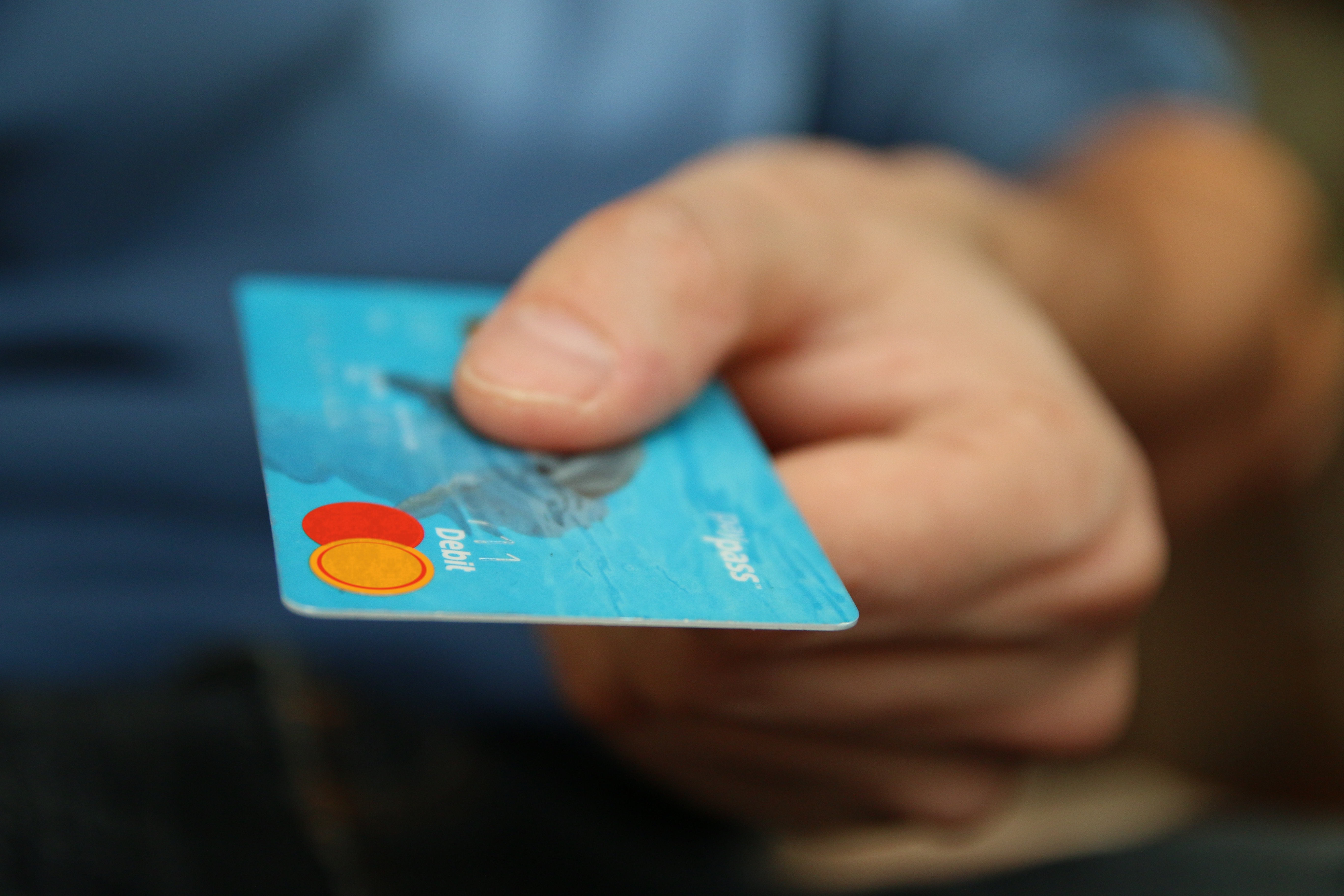You used to pay with cash. Then credit cards. Then EMV cards. Now, we’re moving toward things like cryptocurrency and biometric authentication.
Payments and the technology involved in making them are constantly evolving. For example, payment company Square recently added Square Register to its hardware lineup. Unlike most of Square’s other equipment, Square Register targets the needs of larger sellers.
At the same time, Mastercard is doing away with signatures on the backs of credit cards, and on receipts themselves, in favor of exploring more advanced technologies for identity verification.
Even PayPal has jumped on the payment revolution by going beyond ecommerce. PayPal now offers customers the option to use their PayPal balances at physical retail shops through Android Pay.
Needless to say, the financial services and payments landscape is ever-changing. And a business that wants to remain competitive within its industry needs to look at updating its legacy system (or even ripping and replacing it) in order to be more secure, efficient, and compliant with customers’ financial data.
What’s Inspiring These Changes?
We live in an age of seemingly constant innovation and advancement, so it makes sense that payments are following suit.
But there are a few other factors involved in pushing these advancements in payment technology.
One is the uptick of credit card fraud and, as a result, the increasing consumer concern about their security and protection.
Credit card fraud has steadily been on the rise. In fact, the financial industry estimates that we’ll reach $31.3 billion in global credit card losses by the end of 2018. Credit card scammers are getting smarter. Today, these fraudsters are capable of not only selling credit card numbers but also identifying information like zip codes.
Additionally, new payment regulations demand an increasing level of transparency and security. To stay compliant, businesses have no choice but to keep up with the changing technology and rules.
The Future of Payments: 3 Advancements to Be Aware of in 2019
There’s no shortage of changes happening in the payments space. But trying to stay on top of (or even ahead of) all of them is a daunting task.
If you're like most companies, you're primarily focused on what you need to know right now. But to remain competitive, you have to stay ahead of the curve. What will payments look like in the future? Here are three burgeoning areas that you should be aware of as you look at updating your own legacy systems.
1. Multi-Factor Authentication Will Gain Even More Importance
As concerns over security continue to grow (for good reason), multi-factor authentication will be of increasing importance for consumers and businesses.
Traditionally, you could access various accounts by entering a single identifier (think a username or an email address) and a correct password.
But multi-factor authentication adds another layer to the identity-verification process by asking you to prove your identity in another way — for example, by entering a code you receive on your cell phone or even scanning a fingerprint.
You can think of it as a second security door. Hackers and thieves who are able to make it through the first will have a much tougher time passing through the second.
Because more and more financial and payment data is linked to our personal accounts (your credit card being stored in your Amazon account is just one example), we’ll see multi-factor authentication become the norm more and more.
Many regions are actually instituting policies to mandate strong customer authentication—like PSD2 in Europe.
2. Point-of-Sale Analytics Will Become Even More Advanced
While the protection of data is an area of primary focus, so is leveraging data.
To make more informed predictions about the future, businesses are hungry for any information about what their customers are purchasing. That means we’ll see retail analytics continue to expand — with an emphasis on point-of-sale analytics.
Previously, POS analytics were fairly straightforward — they shared what was purchased, and by whom. But today these analytics are capable of reporting on where the item was stored or where it was shipped from and can provide information about inventory and dead stock and even details about the customer's identity and their consumption patterns.
As we move into the future, payments are no longer just a one-time transaction with little to no data attached to them. Instead, this important point of contact will become an informative touchpoint for businesses to learn even more about their consumers.
3. User Experience Will Be Paramount
Convenience and ease of use are main areas of focus for today’s customers. They’re no longer writing out checks or counting out stacks of coins—they want the payment process to be as streamlined as possible.
Just look at something like ZAPBuy, which was launched by Omnyway in early 2017. The tool allows users to hold their smartphones over an advertisement on any channel and immediately purchase what’s being promoted to them.
Consumers have a desire to reduce or eliminate friction in the purchasing process, which is fueling this move toward more “invisible” payments. Think about Uber as just one of many examples. You don’t think about making a payment when you step foot out of that Toyota Corolla—the transaction happens seamlessly behind the scenes.
When today’s customers see a clunky or cumbersome purchasing process, they immediately head in the other direction. Payments are expected to be fast and easy—and that’s an expectation that will only increase as Generation Z makes up 40% of consumers by the year 2020.
What This Means for You: Updating Legacy Systems in Your Business
Change is here for payments, and it’s going to keep coming.
That means it’s time to start looking at updating legacy systems related to payments in your business. While your current systems, tools, and software may work for you right now, they might not have the level of flexibility required to keep up in this ever-evolving industry.
Having the right resources in place will make it much easier to stay on top of—and maybe even ahead of—the constant barrage of changes and advancements in the world of payments.
Wouldn’t you rather do that than fall behind? We thought so.
About Auth0
Auth0 by Okta takes a modern approach to customer identity and enables organizations to provide secure access to any application, for any user. Auth0 is a highly customizable platform that is as simple as development teams want, and as flexible as they need. Safeguarding billions of login transactions each month, Auth0 delivers convenience, privacy, and security so customers can focus on innovation. For more information, visit https://auth0.com.
About the author

Martin Gontovnikas
Former SVP of Marketing and Growth at Auth0 (Auth0 Alumni)
Gonto’s analytical thinking is a huge driver of his data-driven approach to marketing strategy and experimental design. He is based in the Bay area, and in his spare time, can be found eating gourmet food at the best new restaurants, visiting every local brewery he can find, or traveling the globe in search of new experiences.View profile



